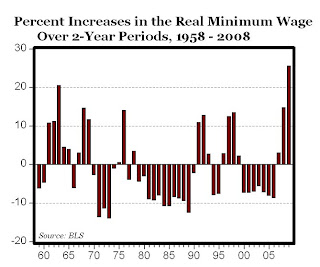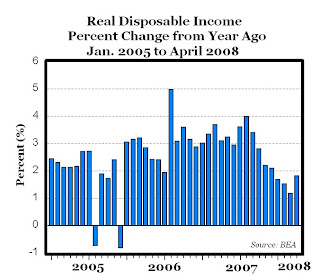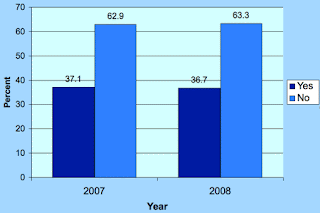Wow!
It’s been 48 hours since we closed to door on this year’s Seeley Conference and I am still chewing on some of the stellar presentations that were made.
Jim Marstiller kicked off the conference in good fashion. He is Senior Vice-President of Consulting Services for TNS Retail Forward, a leading management consulting and market research firm specializing in consumer behavior and its impact on retailers, those that supply retailers, and the economy. He is also the author of The Power to Innovate. Jim’s talk focused on growth strategies, category reinvention, brand development, and innovative merchandising solutions. For a publication that provides much of his discussion, click here.
I followed Jim on the program (not an easy task I might add) with a discussion I called Industry 2015, which focused on the driving forces and historical trends of the green industry. For an overview of that talk, click here.
That evening, Bill Lipinski, Chief Executive Officer, First Pioneer Farm Credit discussed the difficulties that many businesses had had in expanding while adjusting to the ever-changing business climate. Very few firms have done this successfully for several reasons: (1) the leap from hands-on management to delegating is difficult; (2) there is often a disconnect between strategy creation and strategy execution; (3) there is a hesitancy to change business strategy to the changes going on; (4) a lack of management systems and information; and (5) a lack of an ability to lead.
I opened the Monday morning session with a discussion of the economic drivers underlying differentiation strategies, particularly addressing the nature of perceived value on the part of our customers. Click here for more on this discussion. You can also click on the “differentiation” label on the right hand side of this blog page for more posts regarding this strategy.
The rest of the day highlighted a series of case studies illustrating firms who have been successful in differentiating themselves in the marketplace including Brian Minter of Country Garden and Minter Garden Center, who has one of the premier gardens & garden centers in the Northern hemisphere.
He was followed by Gary Mangum of Bell Nursery, who has been featured in several trade journals articles (click here). Gary discussed the Bell Nursery model and the unique and innovative ways they carry out their own differentiation strategy in servicing Home Depot.
Ball Publishing’s Jennifer Duffield White finished off the day by asking whether sustainability in floriculture is a tipping point for producers, retailers and consumers. The last morning of the conference, Peter Moran, Executive Vice President/CEO of the Society of American Florists (SAF), concluded the conference with a discussion of the draft sustainable standards for agriculture currently being proposed by SCS, the firm who is behind the Veriflora certification.
Needless to say, it was a busy 2.5 days but well worth it. If you missed the conference, the only respite you have is that your brain probably hurts less than mine right now.



